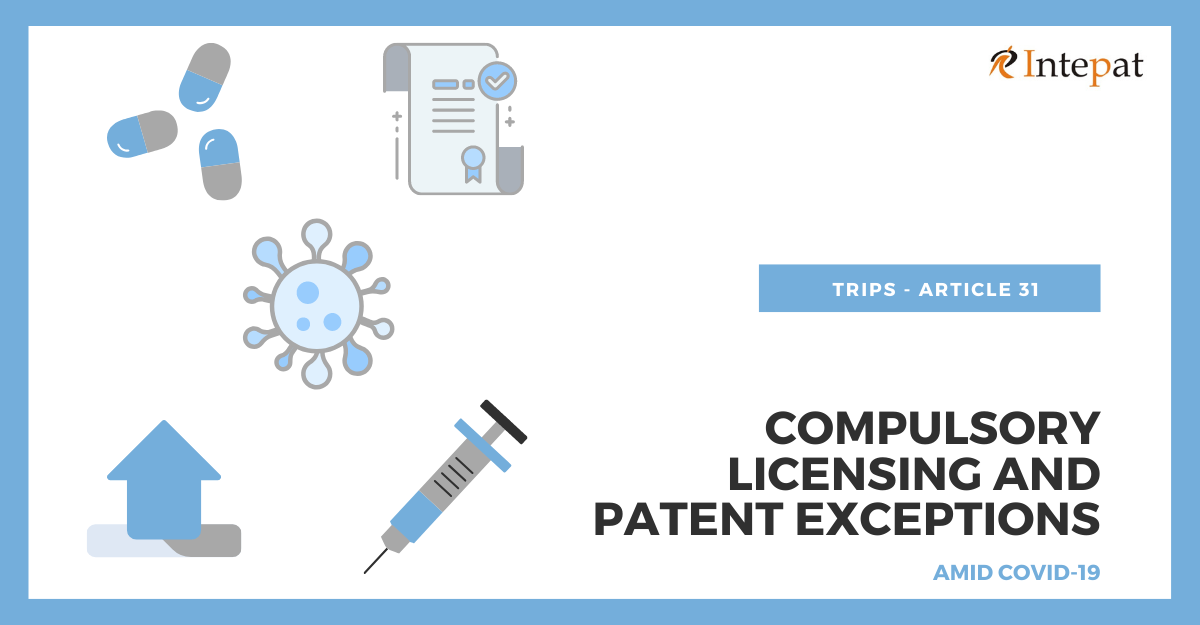Definitiveness
Much like the property of land, which comes with settled boundaries, patents’ intellectual property must be characterized by definitiveness. Therefore, the patent claims are to be clearly and concisely drafted to delimit the ambit of the protection being granted by the patent with definitiveness. The rationale behind the requirement of definitiveness is multifold: (i) The limits of the patent must be known for the protection of the patentee’s rights, (ii) encouragement of innovation in the public, (iii) preventing the patentee from gaining an unreasonable advantage, and (iv) informing the public of the scope of the patent to avoid uncertainty as to their rights.
Since the value of a patent majorly depends on the claims’ scope, it is essential to ensure that the claims are neither pervasive to encroach on others’ subject matter or the public domain nor so narrow as to exclude subject matter desired to be protected. Vaguely worded claims are considered indefinite by the Patent Office. Such a lack of definitive scope in claims is one of the substantive grounds for rejection of the patent application. Therefore, applicants must ensure that the claims sufficiently define the subject matter (i.e., steps of the method in process patent or composition/ construction in product patent) clearly and also take due care in depicting the definitiveness of their patent claims in their patent application to avoid rejection or revocation of a patent.
Often, applicants deliberately draft ambiguous patent claims with imprecise disclosures to maximize the patent’s scope and deter competitors. However, such an ambiguous patent claim that is non-definitive as to what is actually the protected subject matter can be interpreted by the courts using various methods and theories, leading to diverse outcomes regarding what is protected and subsequently what causes infringement.
Exceptions to the definitiveness requirement
Non-definitiveness of claims is one of the most common objections raised in the Biotechnology sector as the products therein are usually described by function instead of composition. While such claims are considered non-definitive by the Patent Office, if it is shown that there is a defined scope of the patent claims made, then the patent claims are accepted. Furthermore, where the claims concern a product-by-process patent, such claims are allowed when the product is novel. It can be shown that the product is incapable of being clearly defined by its constructional features.
Provisions under the Patent Act, 1970
Section 10 of the Patent Act, 1970 (“Act”) provides the law on the contents of specifications in a patent. Section 10(4)(a) and (b) of the Act states that the complete specification must fully and particularly describe the invention and its operation/ use and the method by which it is to be performed. Further, it should also disclose the best method of performing the invention known to the applicant and for which he is entitled to claim protection. Section 10(4)(c) of the Act also provides that every complete specification should end with a claim or a set of claims defining the invention’s scope. Furthermore, according to Section 10(5) of the Act, the claims must be clear, succinct, and fairly based on the description. The Bombay High Court in Press Metal Corporation Limited v. Noshir Sorabji Pochkhanawalla, while refusing the patentee’s grant described in obscure and ambiguous language, stated that the patentee has a duty to state clearly and distinctly the nature and limits of what he claims.
Points to remember while drafting definitive claims
● Claims must be clear, complete and fully supported by the description.
● Claims that refer to the description are not sufficiently definitive. For example, the statement “I claim the process being described in the specification” is a non-definitive claim.
● Unless followed by any definite values, a claim must not use speculative terms like “thin,” “strong,” “a major part,” “such as,” “approximately,” and “when required,” which require the reader’s subjective judgment.
● Claims can use linking words such as “comprising,” “including,” “consisting,” etc., to indicate components of the subject matter of a patent.
● Statements such as “I claim that the machine described above is quite new and has never been seen or used before” and “I claim to be the inventor of this appliance” can not be claimed, in as much as they do not define the invention.
● Statements regarding efficiency or advantages of the invention such as “I claim that this device is better and cheaper and more effective than anything known” and “I claim the following benefits” can not be claimed.
● In claims concerning a product patent, statements on mere properties of the product are not definitive claims as they do not define the invention.




